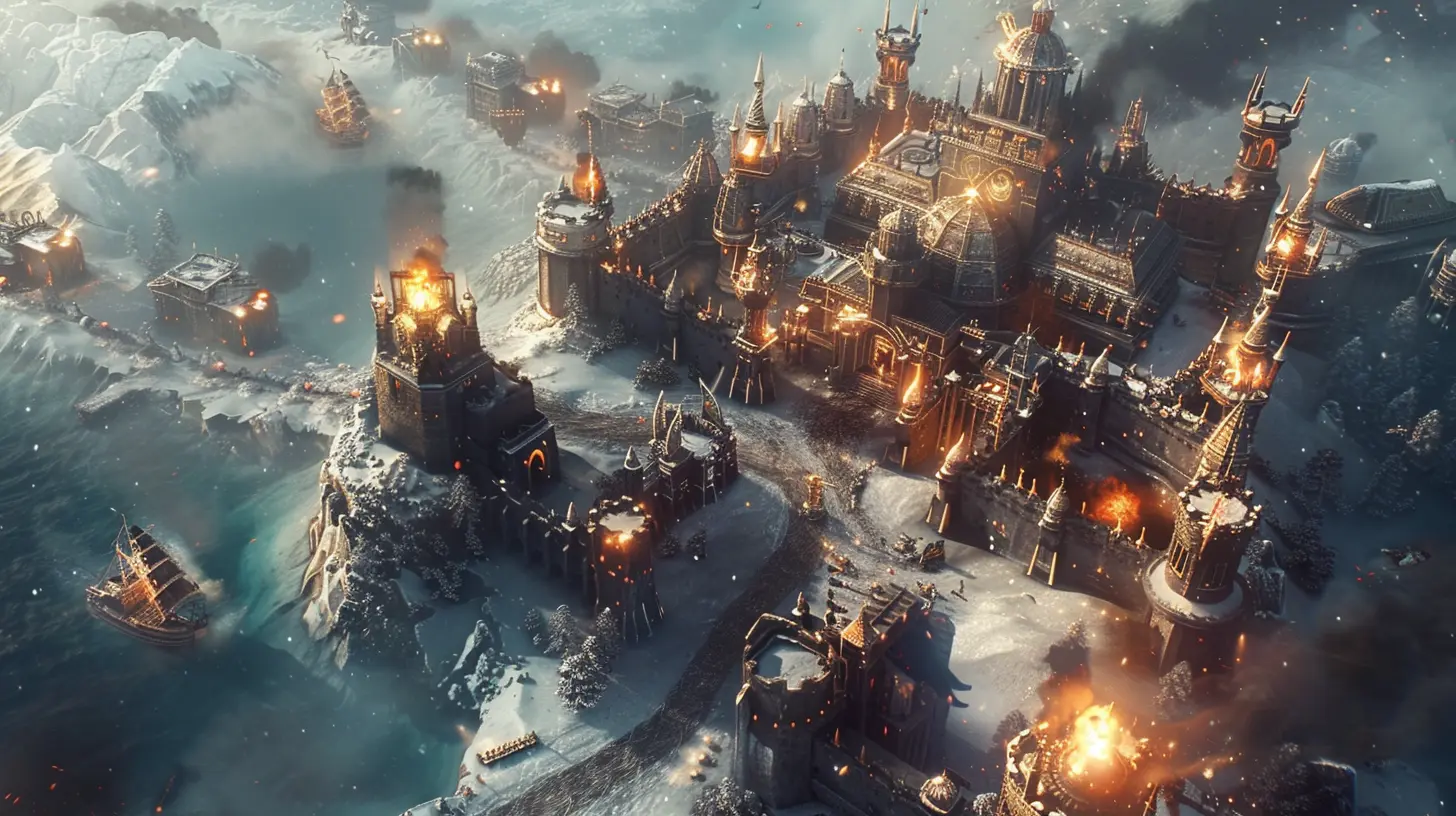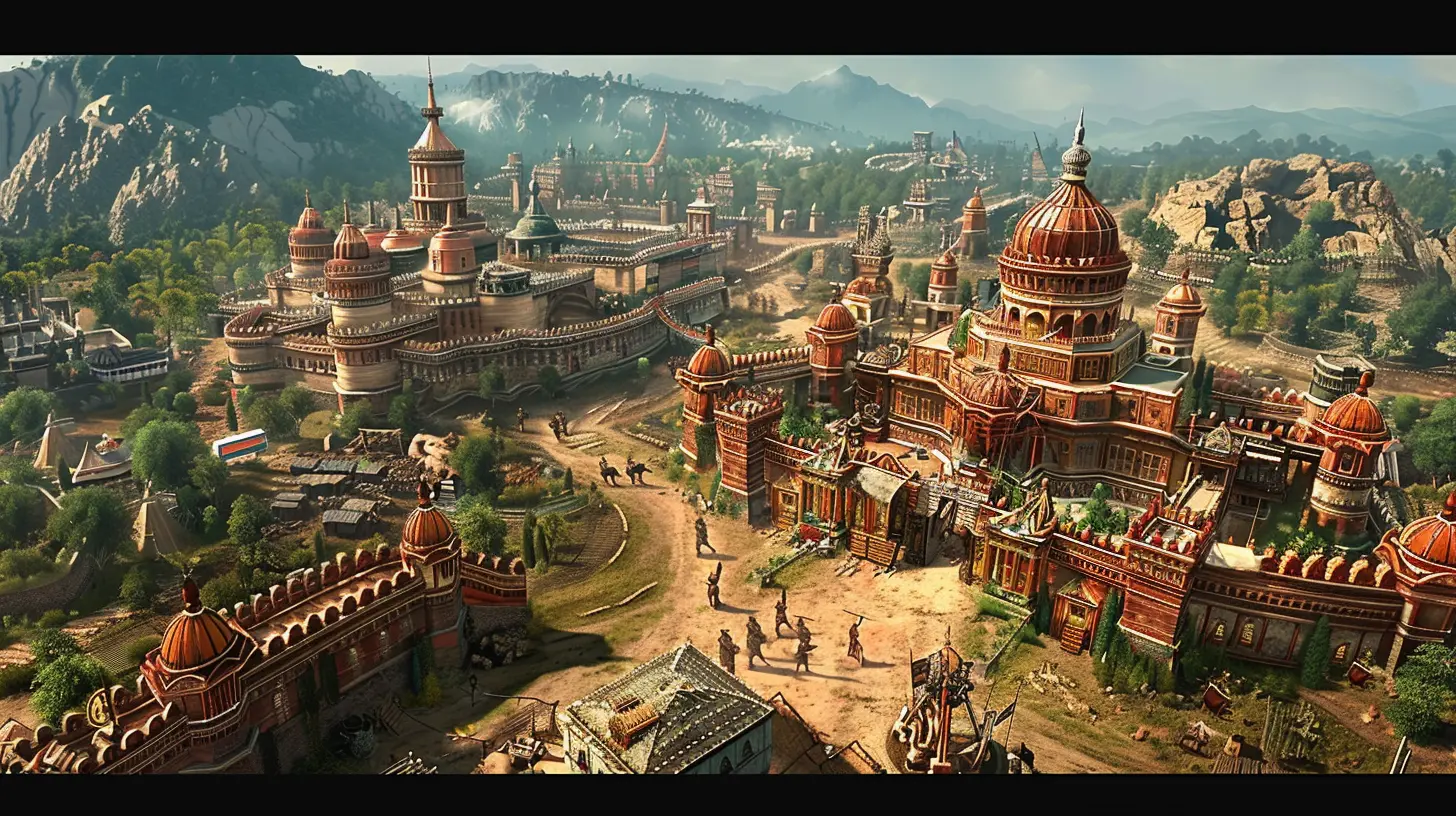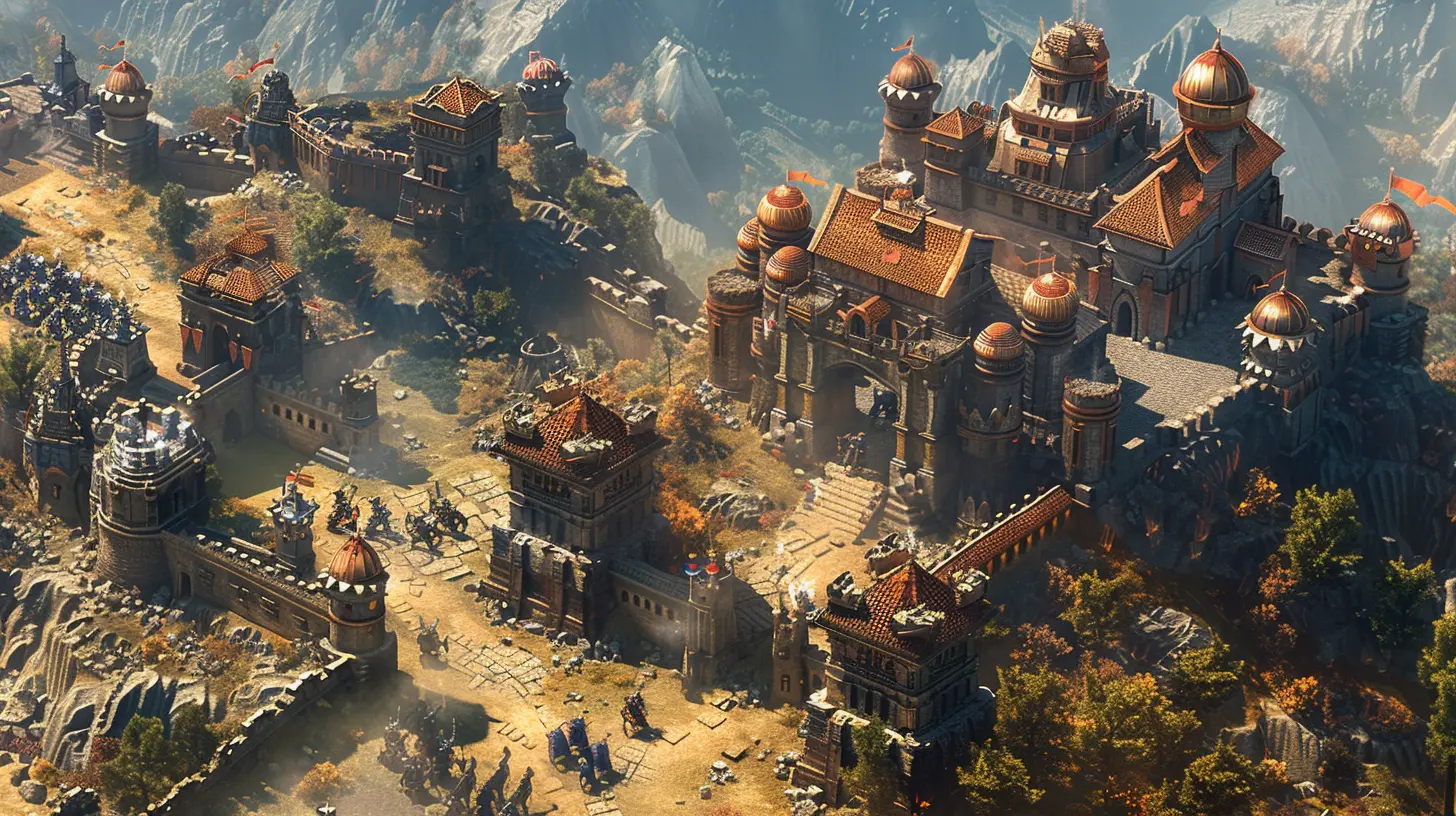Mastering Resource Management in Real-Time Strategy Games
27 July 2025
Real-Time Strategy (RTS) games are the ultimate test of wit, reflexes, and decision-making. Whether you’re building an empire, conquering the battlefield, or defending your base, resource management is the cornerstone of success. But let's be honest—handling resources in an RTS is no walk in the park. If you’ve ever felt like you’re constantly running out of wood, gold, or whatever your game demands, you’re not alone.
So, how do you get better at managing resources without breaking a sweat? Well, grab your gaming headset and settle in, because we’re going to break down the art (and science) of resource management in RTS games. By the time you’re done here, you’ll not only manage resources efficiently but also dominate your opponents like a seasoned pro. 
What Makes Resource Management So Important in RTS Games?
First things first—why bother mastering resource management? Think of resources as the lifeblood of your strategy. Whether it’s food, minerals, or energy, every single decision you make depends on how well you handle your resources. Want to build more units? You need resources. Planning to upgrade your tech tree? Resources. Heck, even repairing a damaged base requires—you guessed it—resources!Mismanaging these precious assets is like trying to win a race with flat tires. You might get somewhere, but it won’t be pretty. Proper resource management gives you a solid foundation to outpace your opponents, keep your economy thriving, and ensure your war machine is fully operational at all times. 
Types of Resources You’ll Encounter
Every RTS game is different, but resource management often boils down to juggling a few common types of resources. Knowing what each one does helps you allocate them better and, ultimately, outsmart your competition.1. Natural Resources
Think wood, stone, minerals, or any material you gather directly from the environment. Games like Age of Empires and StarCraft heavily rely on these. These resources are finite in most cases, so you’ll want to harvest them efficiently before they run out.2. Currency
Some games, like Command & Conquer, use currency as a primary resource. Earning money means you can invest in troops, buildings, and upgrades. Without it, you’re a sitting duck.3. Population Limit or Supply
Ever tried building a massive army, only to be hit with the dreaded “You need more houses” notification? Many RTS games cap how many units you can have. Managing your population supply is as vital as managing physical resources.4. Energy or Fuel
If your units or structures rely on power to function, managing energy becomes another layer of complexity. You don’t want your defenses shutting down mid-battle because you forgot to build a power plant!
Strategies for Effective Resource Management
Now that you know what you’re dealing with, let’s talk about the how. Managing resources is all about striking the right balance—kind of like juggling flaming torches (except less fire). Here are some tried-and-true strategies to keep your economy humming:1. Prioritize Early Game Efficiency
The early game is where your economy takes shape. Focus on building the essentials—resource-gathering units and structures. Don’t try to do too much too soon. It’s tempting to tech up quickly, but without a strong economic base, you’ll struggle later on.For instance, in StarCraft II, a solid opening strategy is to maximize worker production. More workers mean more resources, which translates to faster expansions and better tech.
2. Expand—But Do It Smartly
Expansion is key to long-term success, but don’t overextend yourself. Expanding too fast leaves your base undefended and overburdens your economy. Think of it as planting seeds; you want to water them properly before planting more.When you expand, prioritize new resource deposits. Games like Warcraft III and Age of Empires II reward players who carefully plan their expansions to maximize resource income while minimizing risks.
3. Always Scout the Map
One of the biggest rookie mistakes in RTS games is neglecting to scout. You can’t manage what you don’t see, right? Scouting gives you valuable intel on resource locations, enemy expansions, and potential threats.Pro tip: Use cheap or fast-moving units to explore the map early and often. Knowing where that juicy, untouched gold deposit is can turn the tide of the game.
4. Balance Spending and Saving
Think of your resources like a checking account. Spend too much, and you’ll have nothing left when you really need it. Save too much, and you risk falling behind your opponent. Successful players keep their resources flowing—constantly investing in units, upgrades, and structures without hoarding unnecessarily.A good rule of thumb? Keep your resource spend rate slightly ahead of your income. This keeps your economy active without depleting it entirely.
5. Utilize Hotkeys and Macros
If you’re not using hotkeys, you’re playing with one hand tied behind your back. Hotkeys let you quickly assign workers to resources, queue up unit production, or cycle between expansions. This extra level of control ensures no resource goes to waste.Some games even let you automate parts of your resource management. For instance, you can queue up worker units in StarCraft II to spawn automatically, freeing up your time to focus on bigger decisions. 
Common Pitfalls to Avoid
Even seasoned RTS players fall into these traps. Here’s what to watch out for:1. Idle Workers
Every idle worker is a resource you’re not collecting. Keep an eye on your economy tab and use hotkeys to quickly locate and reassign idle units.2. Underbuilding Resource Structures
Have you ever run out of resources because you didn’t build enough gathering sites? Don’t let that happen. Always ensure you have enough mining, harvesting, or gathering structures to meet your needs.3. Neglecting Resource Upgrades
Many RTS games offer upgrades to increase resource collection efficiency. These are often low-cost and high-reward investments, so grab them early whenever possible.Advanced Techniques for Pros
Once you’ve nailed the basics, it’s time to up your game with some advanced tactics:1. Harassment and Denial
Why let your opponent collect resources when you can stop them? Use fast or stealthy units to harass their gatherers, delay expansions, or even destroy resource structures. Every second they spend rebuilding is a second you can use to pull ahead.2. Split Resource Income
In competitive matches, it’s risky to rely on a single resource point. Spread out your economy to multiple locations. This way, even if one expansion falls, you’ve still got a backup plan.3. Optimize Worker Distribution
Most RTS games have an optimal number of workers per resource point. Too few workers slow down your economy, while too many cause diminishing returns. Learn the ideal ratio for your game and stick to it.The Psychological Aspect of Resource Management
Believe it or not, resource management isn’t just about numbers—it’s also a mental game. Stress, panic, or indecision can lead to poor choices that cripple your economy. Stay calm under pressure, trust your strategy, and adapt as needed.Remember: RTS games are like a chess match played in real-time. Resource management is your pawn structure—boring but absolutely essential. If you mess up here, your flashy battleship or hero unit won’t save you.
Final Thoughts
Mastering resource management in RTS games isn’t optional—it’s a necessity. From building a solid economic foundation to harassing your opponents and optimizing your worker distribution, every decision matters. But hey, don’t stress too much. Like anything else, it takes practice. The more you play, the better you’ll get at spotting inefficiencies and making smarter choices.So fire up your favorite RTS game, practice these tips, and remember: resources win wars. Now go out there and crush the competition!
all images in this post were generated using AI tools
Category:
Real Time StrategyAuthor:

Avril McDowney
Discussion
rate this article
1 comments
Giselle Matthews
Can you control chaos, or will it control you?
August 13, 2025 at 4:03 AM

Avril McDowney
In resource management, embracing chaos can lead to innovative strategies, but mastering it ensures you remain in control of your game's outcome.


